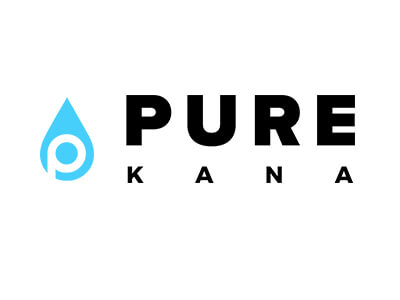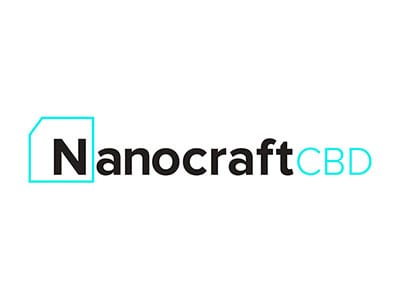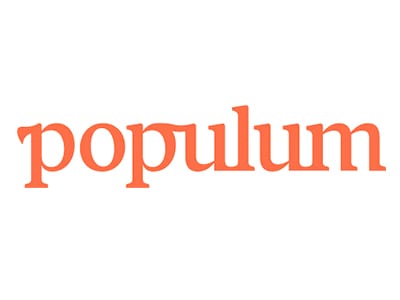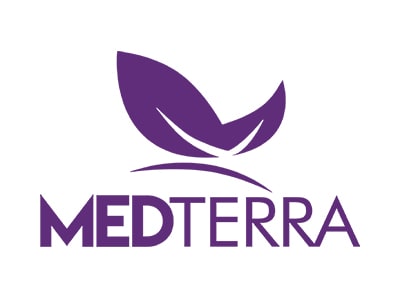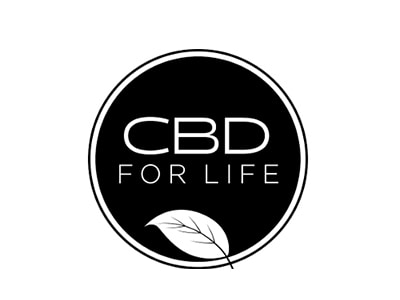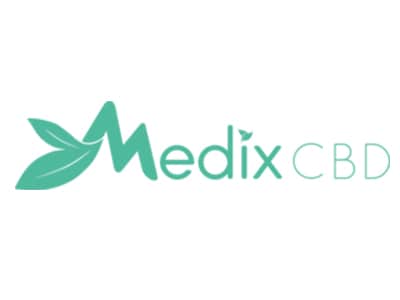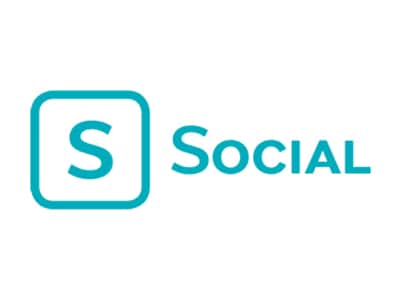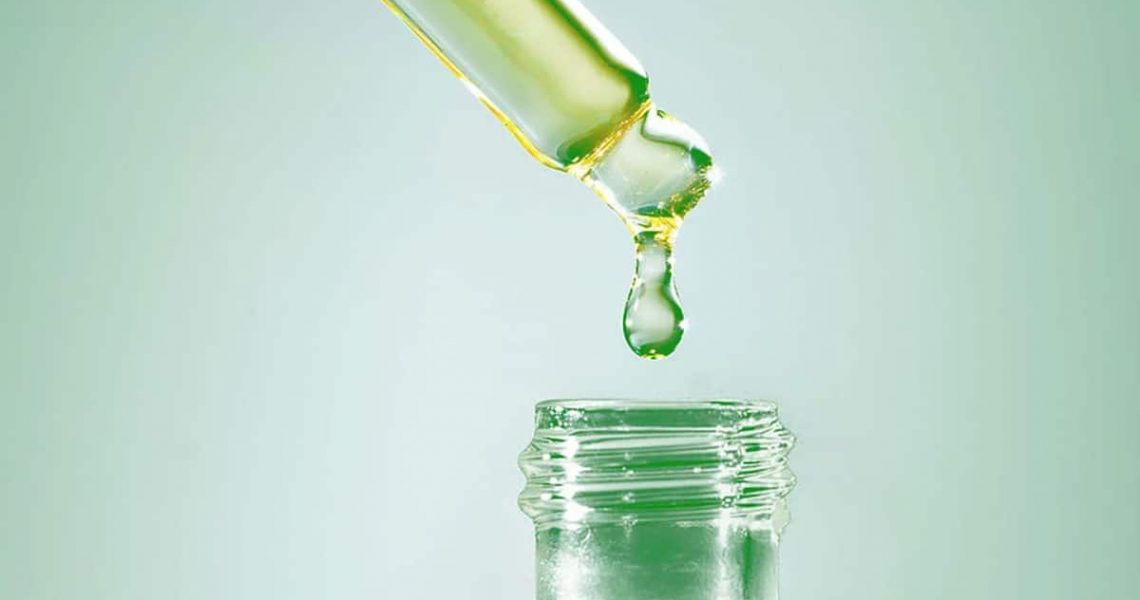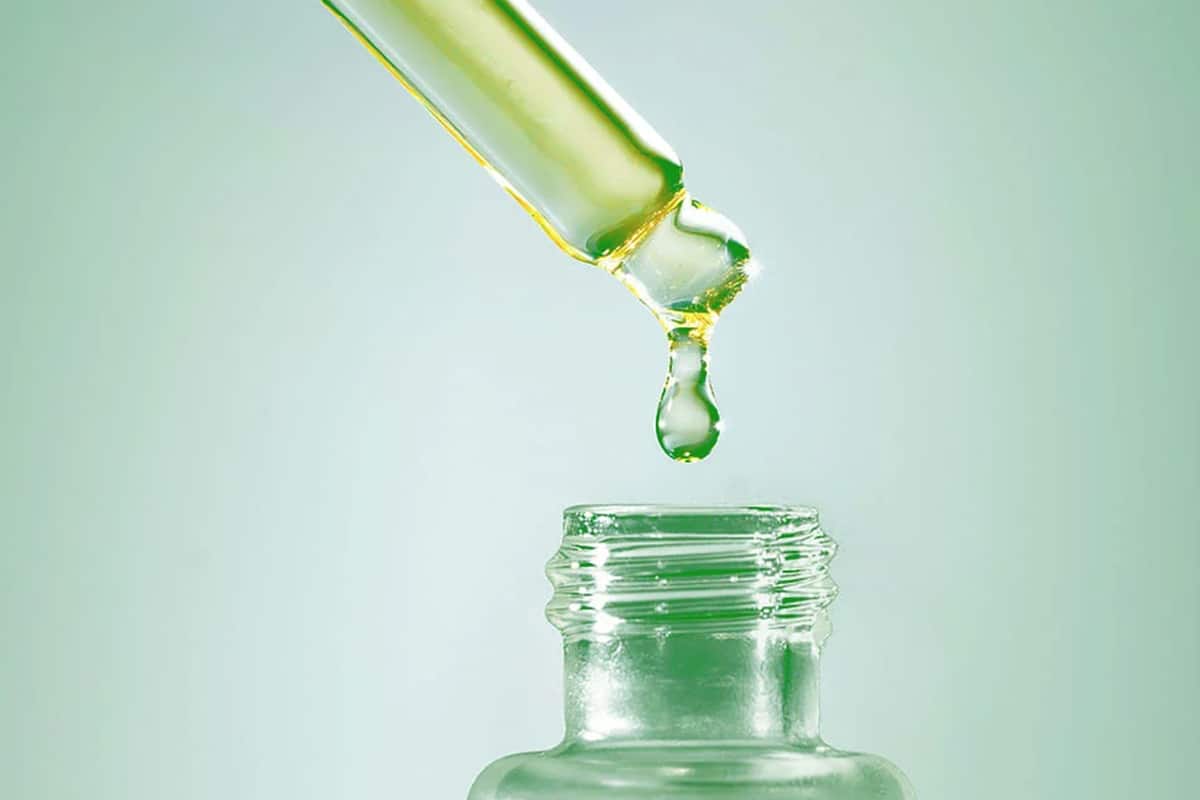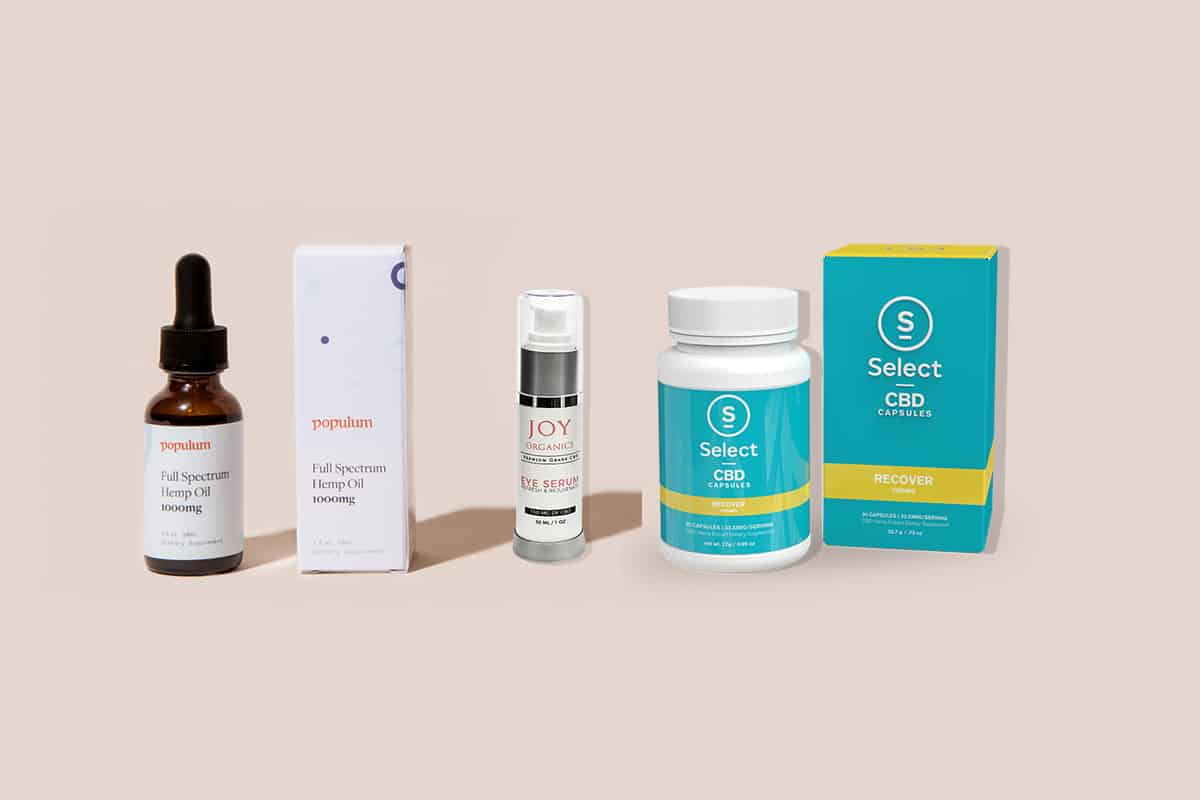What is Cannabidiol?
Cannabidiol has seen a rise in popularity after many hard-fought legal victories. Although it’s won in the courtroom throughout the majority of the United States and abroad, its surge in use is attributed to its sudden portrayal as a jack-of-all-trades medicine.
Join us as we delve into everything CBD, such as how it works, what it’s suitable for, and why you may find yourself using this therapeutic medicine in place of stronger pharmaceutical drugs soon.
A Brief History of CBD
Cannabidiol is one of the 113 cannabinoids that have been discovered. Roger Adams, along with his team of researchers, initially found CBD in 1940. Although it was discovered 79 years ago, it was only until the last decade that cannabis advocates and forward-thinking scientists elucidated the curative properties of cannabidiol.
Since this groundbreaking discovery, CBD has been transformed from a compound that was described in dated science journals to be effectively used by individuals that need alternative medicine that’s capable of alleviating symptoms from a wide range of ailments.
Today’s Cannabidiol
Fast forward to the present day, and a plethora of CBD-related products can be found across states that allow the use of cannabidiol. What was once an unknown and disregarded cannabinoid has taken the spotlight over its contentious family member – THC. Now, you can ask nearly anyone that’s been exposed to cannabis, and you’ll find that CBD has become a significant talking point.
The younger generations see cannabidiol as a movement away from harsh chemically-derived medicines, which are all too familiar considering their parents or grandparents use them often. Considering younger generations have been far more exposed to cannabis culture compared to that of older generations, it’s no surprise that 21-35-year-olds are leading the charge in cannabidiol use.
However, older generations are becoming aware of CBD due to their doctors now advising them to seek this alternative medicine. As researchers continue to plow through clinical trials, it seems that CBD will be prescribed for anything that falls between chronic pain and cancer.
The Science Behind Cannabidiol
Cannabidiol has been intensively studied by scientists across the globe. We’ll soon relate their findings briefly, but first, we’ll describe the biological and physiological aspects of CBD.
The Endocannabinoid System
The endocannabinoid system was discovered as recently as 1992 by Raphael Mechoulam, William Devane, and Lumir Hanus. This discovery of cannabinoids that occur naturally within our body revealed an entirely new world in medicine. Not only did this discovery revolutionize our understanding of the biology of our bodies, but it also opened the door for phytocannabinoids that are found to occur within Cannabis sativa naturally.
The endocannabinoid system is composed of receptors, which have been grouped into 2 categories: CB1 and CB2.
The CB1 receptor group is found within the brain’s nerve cells, spinal cord, major organs and tissues, white blood cells, and in significant systems such as the reproductive, urinary, and gastrointestinal tracts.
The CB2 receptors are found in peripheral organs, such as the tonsil and spleen. They are also found in white blood cells. The CB2 receptors play a significant role in our immune system, mainly due to the regulation of cytokine release.
Ultimately, the endocannabinoid system plays an essential role in our motor skills, memory function, and overall well-being. Through countless hours of research and labor, scientists have found that cannabinoids found within cannabis can, directly and indirectly, trigger this system for our own benefit.
Researchers have found that CBD doesn’t directly affect the endocannabinoid system in the same manner that THC does. Instead, CBD indirectly affects various proteins and receptors that eventually trigger the endocannabinoid system. Let’s look into how cannabidiol works within your body to produce the profound effects that it’s known for.
What Does Cannabidiol Effect?
We should note that research is still ongoing and that scientists are undoubtedly making headway on further discoveries. Let’s take a look at what we do know regarding cannabidiol and how it affects various systems within your body.
TRPV1 Protein
A primary component that CBD interacts with is the TRPV1 protein (transient receptor potential vanilloid). This protein is capable of triggering the endocannabinoid system, as well as being one of the leading compounds in our bodies that reduces pain and boosts our immune system.
Research has shown that cannabidiol directly binds with TRPV1, which leads to the reduction of various symptoms. This revelation is a significant one because it means that CBD doesn’t require the endocannabinoid system to cure ailments.
Since we knew that CBD does interact with TRPV1, researchers then followed TRPV1 on its journey into the endocannabinoid system. It was here that a new puzzle piece came together in the world of the endocannabinoid system. The TRPV1 protein signals to the endocannabinoid system, which then triggers the CB1 and CB2 receptors.
Once these receptors are triggered, a multitude of benefits arises because of the sheer amount of associations with critical points within the body.
Allosteric Modulation
Allosteric modulation is a scientific word for having the ability to change the size of a receptor; thus enhancing or blocking a compound or chemical from attaching to it. Our bodies are filled with countless receptors that transmit neuro signals, which relay essential messages. CBD is the trigger that decides which receptors are enhanced, and which will be blocked.
In the case of CBD, it actually uses this ability to manipulate other compounds for its own benefit. One of the most notable examples is that cannabidiol blocks THC from binding to the endocannabinoid receptors.
THC binds to the CB1 and CB2 receptors, which mainly causes these neuro signals to be blocked. This is why we feel “high” when we consume THC-rich cannabis products. Since the endocannabinoid system is responsible for our motor skills and memory function, we almost immediately lose them as we feel the psychoactive effects of THC.
PPARs
PPARs are peroxisome proliferator-activated receptors and aren’t cannabinoid-related. Although they aren’t cannabinoid receptors, CBD does interact with it.
PPARs consist of three types: alpha, gamma, and delta. Each of these three is directly triggered by cannabidiol, and each is responsible for a host of crucial aspects regarding your health. PPARs are known to be anti-inflammatory, analgesic, neuroprotective, metabolic, neuro-functional, and anti-tumor; as well as having positive cardiovascular and gastrointestinal effects.
PPARs are not known to activate themselves, but rather, through the help of hormones and nutritional compounds. If these compounds are not present, the PPARs will not be triggered; thus, your body will suffer without its’ effects. This is why cannabidiol is an incredibly useful medicine since it actually activates all three PPARs.
How CBD is Transported in Your Body
Whether you consume your CBD products through edibles, vaporizing, or smoking; they must be broken down and transported on the molecular level. This is the only route that CBD can communicate with the rest of your body, but how does it do it?
This is done through the use of a FABP, which is known as a fatty-acid-binding protein. The FABP is a natural transportation protein, and it’s also the primary vehicle for other cannabinoids, such as THC and anandamide.
Cannabidiol is a manipulative compound because it doesn’t merely board the FABP with everyone else in a civil manner. Instead, CBD allows a specific cannabinoid (anandamide) into the FABP, and then cannabidiol immediately disrupts the chemical process that occurs between anandamide and the FABP.
Anandamide naturally breaks down within the FABP, but since CBD doesn’t allow it to break down, its concentration rises. The high level of anandamide excludes other cannabinoids from entering the FABP, and cannabidiol reaps the benefits of allowing more of its own compound into the protein all by itself.
This act guarantees that cannabidiol will be the only cannabinoid to reach your body at the molecular level.
Does CBD Oil Get You High?
The simple answer to this question is no. The science behind this answer is that cannabidiol is a non-psychoactive compound. This means that it does not provide the same hallucinogenic effects found in THC-rich cannabis products.
As we’ve explained in prior segments, CBD is an allosteric modulator, which will block THC from binding to receptors found in the endocannabinoid system. This means that CBD actually has the opposite effects of getting high since it effectively counteracts THC.
Of course, it also depends on the method by which your CBD products were produced. The vast majority of states that allow the medicinal or recreational use of CBD require that all CBD-related products have no more than 0.3% THC.
This insignificant amount of THC will not get you high, and even if it had the potential to do so, CBD’s counteractive effects would nullify the feelings of THC.
Although this is the regulation imposed by lawmakers regarding the production of CBD-related products, not all producers follow the rules. This is why it’s absolutely necessary to check that the product you buy has been tested by a third-party for its CBD/THC concentration. Transparency is vital when purchasing CBD products, and so far, consumers are being adequately protected from manufacturers with poor production practices.
Drug Tests and CBD
We’ll start this section off by stating that it’s highly unlikely that a drug test will come up positive for CBD use. Most drug test manufacturers only seek a positive reaction for compounds that are associated with cocaine, heroin, cannabis, and other drugs.
Although CBD is derived from cannabis (hemp or THC-rich marijuana), the specific compound of cannabidiol isn’t found in drug test kits. The primary focus in regards to cannabis testing is THC.
As stated previously, regulators have demanded that all CBD-related cannabis products must be 0.3% THC or less to be allowed on the shelves. Even if you ingested 1,000-mg of CBD that’s also tested to contain 0.3% THC; it would still come out to be roughly 6-mg of THC. This amount of THC is insignificant and would give you a false-positive test only 23% of the time.
The average daily doses of CBD are 1-10mg as compared to the extreme example above of 1,000-mg. In other words, it’s doubtful that you would ever test positive on a drug test while using CBD products.
You will fail a drug test if you’re using CBD products under the “full-spectrum” or “broad spectrum” label. These products include higher concentrations of THC but aren’t commonly available.
As long as you’re aware that your CBD is tested to contain 0.3% THC or less, you’ll never have to worry about failing a drug test.
Can You Become Addicted to CBD?
As we know, the world is terrified of addiction – and for a good reason. Before Oxycontin became the de-facto prescribed drug, it was touted as a non-addictive painkiller to reduce a doctors’ time spent with patients and increase overall convenience. Now, it’s become one of the most significant drugs that are responsible for thousands of deaths and countless addictions.
Interestingly enough, CBD has been successfully used to decrease addiction. The answer to this question is a well rounded no. Not only is CBD used to counteract addiction of devastating drugs such as Oxycontin and heroin, but it’s also used to decrease addictive behaviors found in patients with severe OCD.
The fact that CBD is being used to counteract the effects of addiction effectively is groundbreaking. It was estimated that in 2012, there were upwards of 350 million individuals worldwide that were actively abusing a substance. Since this study, one can only imagine that it’s increased rather than decreased.
Contrary to what many have said regarding cannabidiol in the past, CBD is on the rise to enable individuals with addictive behaviors to better their lives. As one can imagine, addiction can disrupt a person’s life immediately, and thus far the only effective therapy has been rehab. Cannabidiol would be one of the few non-synthetically based medicines that effectively reduce addiction.
The Difference Between CBD and THC
CBD and THC differ significantly. Although they’re both cannabinoids found within cannabis, their functions contrast entirely.
CBD is a non-psychoactive compound, whereas THC is a psychoactive compound. CBD can counteract all other cannabinoids, whereas THC is only able to bind to the endocannabinoid system.
On a social level, CBD is seen as a medicine, and THC is viewed as a recreational drug, similar to that of alcohol. The stigma of cannabis still shadows that of THC, but CBD has become a beacon of hope for many that suffer from various ailments.
In the eyes of regulators, politicians, and community members, CBD has become tolerable, whereas THC still has a sense of unease surrounding it.
What Can CBD Be Used For?
● Inflammation
● Pain Management
● Reduce Vomiting and Nausea
● Suppresses Muscle Spasms
● Reduces Small Intestine Contractions
● Promotes a Healthy Immune System
● Supports Healthy Skin and Hair
● Promotes Better Sleep
● Effective Neuro-Protective
● Reduces Seizures and Convulsions
● Reduces Cancer Cell Growth
● Decreases Tumor Size
● Reduces Artery Blockage
● Lowers Blood Sugar Level
● Reduces High Heart Rate
● Reduces Withdrawal Symptoms and Addictive Behavior
● Antibacterial
● Anti-Depressant
The Legality of Cannabidiol
CBD has come a long way in the last five years. For as long as cannabidiol has existed in the eyes of people, it’s been regulated with a heavy hand due to its direct association of cannabis and THC.
However, through the backbreaking work of researchers, CBD has found the light. It’s no longer negatively compared to THC, but rather, viewed as an indispensable medicine that has the potential to re-shape the world.
The legality of cannabidiol has become streamlined because it can be derived from hemp. Although hemp has historically been criminalized alongside that of THC-rich cannabis, recent events have placed hemp in a position it hasn’t enjoyed for over 100 years.
In 2018, the Farm Bill was passed, and this signaled a significant change in the way the United States views hemp production. Now, farmers can cash in on this booming crop while simultaneously providing every many communities with a safe and healthy alternative to pharmaceutical drugs.
Hemp that’s grown must contain no more than 0.3% of THC. As long as the hemp that’s grown falls within this range, it isn’t considered illegal. This is a major win for the legitimacy of cannabidiol, considering the federal government still classifies cannabis (THC) as a schedule 1 drug. This means that lawmakers believe that THC over 0.3% is as dangerous as heroin, methamphetamine, cocaine, and others.
States That Don’t Allow Cannabidiol
Before we list the states that allow you to enjoy the beneficial properties of CBD, let’s first begin with that states that have a zero-tolerance policy of anything related to cannabis.
Nebraska
Nebraska is one of the most strict states regarding cannabis use. Although CBD typically doesn’t have concentrations higher than 0.3% THC and has been adopted by medical professionals throughout the world; Nebraska still outlaws it regardless.
South Dakota
South Dakota is a state where you can still find yourself being sent away to prison for over a year for simple possession of fewer than 2 ounces of cannabis. They also have a zero-tolerance policy regarding CBD, which makes South Dakota one of the harshest states regarding cannabis laws.
Idaho
Similar to that of South Dakota, Idaho lawmakers will make sure that you go to prison if you’re caught with 3 ounces or less. Idaho regulators don’t consider CBD as a useful medicine but rank it with all schedule 1 drugs.
States That Allow CBD Use
It’s important to note that all of these states allow the medicinal use of CBD products that are tested at 0.3% THC and under. Many of these states do not allow recreational CBD.
● Alaska, Arizona, Arkansas, California, Colorado, Connecticut, Delaware, Florida, Georgia, Hawaii, Illinois, Indiana, Iowa, Kansas, Kentucky, Louisiana, Maine, Maryland, Massachusetts, Michigan Minnesota, Mississippi, Missouri, Montana, Nevada, New Hampshire, New Jersey, New Mexico, North Carolina, New York, North Dakota, Ohio, Oklahoma, Oregon, Pennsylvania, Rhode Island, South Carolina, Tennessee, Texas, Utah, Vermont, Virginia, Washington, West Virginia, Wisconsin, Wyoming, and the District of Columbia.
Each state is different in what they’ll allow. In a recreational state such as California, CBD products are allowed to have high amounts of THC in the product as well. Other states, such as Virginia, only allow medical CBD use that’s tested below the 0.3% THC threshold.
Traveling With CBD
Although many states allow recreational or medicinal CBD products, you can’t legally board an airplane with CBD that isn’t FDA-approved. This new revelation has clarified a question that many have asked over the years. The TSA now allows FDA-approved cannabidiol medicine aboard planes but will bar you from entry if you’re trying to bring a non-FDA-approved CBD product onboard.
Similarly, if you’re driving across state lines, especially into places like South Dakota, it’s advised that you follow the laws of each state. This is to prevent you from being caught and punished for carrying a beneficial medicine.
Hemp Cultivation
A significant portion of CBD is derived from hemp. As we’ve previously mentioned, the United States allowed hemp cultivation in 2018 as long as it tests below 0.3% THC.
Considering hemp cultivation is new in the United States, a 2016 report showed that there were only 78,000 acres dedicated to hemp production. This number is expected to increase as cannabidiol grows in demand.
Considering the strict laws regarding the 0.3% THC threshold, it makes sense that the majority of CBD produced will come from hemp. When producing CBD from THC-rich cannabis plants, extractors must go through a secondary process to separate the CBD from the THC.
Knowledge is Power
By understanding what cannabidiol is, you can quickly begin your journey with this new and exciting alternative medicine. CBD has already been proven to alleviate a multitude of ailments and symptoms. There’s no better time than now to discover this unique compound to better your life and those around you.
